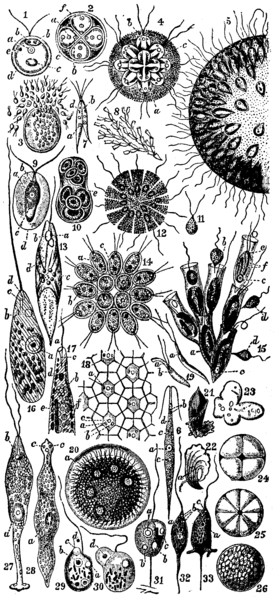Файл:Flagellata 1.png

Алдан карауның зурлыгы: 278 × 600 нокта. Башка ачыклык: 111 × 240 нокта | 222 × 480 нокта | 990 × 2136 нокта.
Төп файл (990 × 2136 нокта, файл зурлыгы: 147 Кб, MIME төре: image/png)
Файл тарихы
Файлның нинди булганлыгын күрү өчен «дата/вакыт» дигәненә басыгыз.
| Дата/вакыт | Кече рәсем | Үлчәмнәре | Кулланучы | Искәрмә | |
|---|---|---|---|---|---|
| агымдагы | 12 апр 2006, 13:59 |  | 990 × 2136 (147 Кб) | Jjbeard | {{PD-Britannica}} Category:Images from Encyclopædia Britannica This image has an extensive caption. Please refer to the EB1911 article for the text of this caption. |
Файлны куллану
Әлеге файл киләсе битне куллана:
Файлның гомуми кулланышы
Әлеге файл аста бирелгән викиларда куллана:
- af.wikipedia.org проектында куллану
- ar.wikipedia.org проектында куллану
- bs.wikipedia.org проектында куллану
- en.wikipedia.org проектында куллану
- fa.wikipedia.org проектында куллану
- gl.wikipedia.org проектында куллану
- id.wikipedia.org проектында куллану
- jv.wikipedia.org проектында куллану
- ka.wikipedia.org проектында куллану
- ko.wikipedia.org проектында куллану
- lfn.wikipedia.org проектында куллану
- nqo.wikipedia.org проектында куллану
- ro.wikipedia.org проектында куллану
- ru.wikipedia.org проектында куллану
- zh.wikipedia.org проектында куллану
